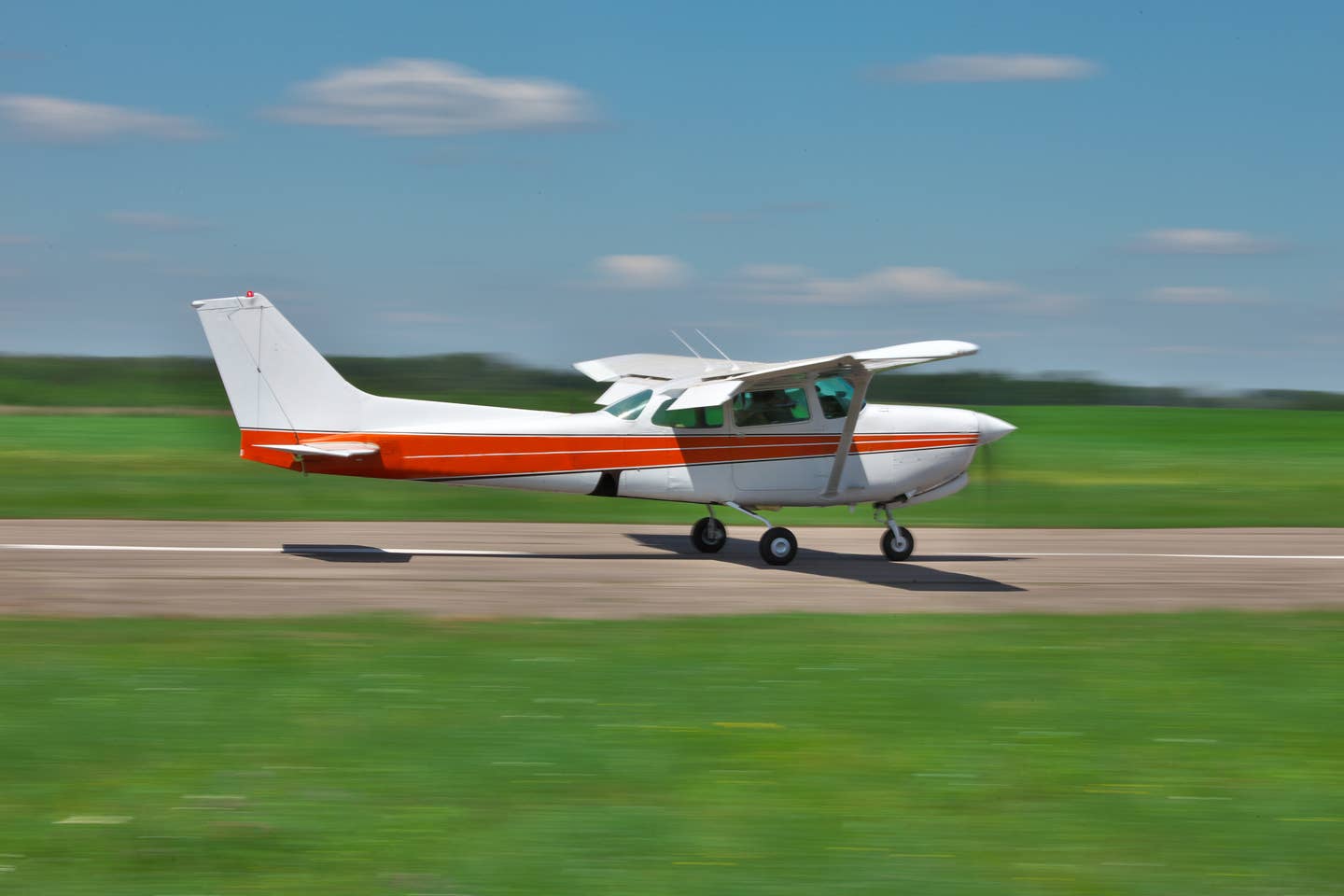Are Touch-and-Goes Good Practice?
In the early 1960s, I was on the ramp at Rosecrans Memorial Airport (KSTJ) in St. Joseph, Missouri, when I observed a massive Boeing 707 in TWA colors swoop down…

Touch-and-goes are necessary but less desirable for initial learning if it’s possible to avoid them. [image: Adobe Stock]
In the early 1960s, I was on the ramp at Rosecrans Memorial Airport (KSTJ) in St. Joseph, Missouri, when I observed a massive Boeing 707 in TWA colors swoop down onto Runway 36, emit blue smoke from the main gear tires, and roar away into the air instead of braking to a stop. Making a countywide circle, it came back for another touch-and-go, evidently doing in-plane pilot training in the days before full flight simulators.
The concept of performing “circuits and bumps,” aka touch-and-goes, was developed to save time during landing practice by eliminating the taxiing portion of a full landing-and-takeoff regimen. In the case of the Boeing, the brakes would be hot at the end of a full-stop landing, perhaps leaving the aircraft unable to handle a rejected takeoff if necessary.
Many flight schools at busy airports are forced to teach with touch-and-goes because exiting the runway means joining the queue and waiting for a break in traffic to take off again. The only full-stop landing comes at the end of the training session unless a trip is made to a nearby quiet airport.
It's probably better to teach primary students full-stop landings, leaving touch-and-goes for advanced and recurrent training with pilots who have already learned the basics of flying. By experiencing the entire sequence of decelerating to taxi speed, then starting out from a dead stop to experience a complete takeoff, a beginning student becomes more familiar with transitioning between taxiing and flying, requiring fewer landings to acquire proficiency. As long as the taxi-back and departure takes only a minute or two, the time on the ground gives the instructor a moment to critique and teach while the student is less occupied with controlling the airplane.
- READ MORE: In Defense of Young Instructors
Thus, touch-and-goes are necessary but less desirable for initial learning if it's possible to avoid them. In the cases of commercial pilot training, instrument approach practice, multiengine transition, or checkouts in a new type of plane, there's no reason not to do touch-and-goes if done properly.
The decision to make the landing a touch-and-go should come in advance, unless required to avoid a hazard. Planning for the touch-and-go means allowing plenty of remaining runway for the run to liftoff and obstacle clearance. Don't do touch-and-goes on a runway offering less than twice the distance needed for normal operations. Be prepared to make a full-stop landing in case the flaps fail to retract or an engine doesn't respond.
The mental setup is to expect to have the wheels planted on the pavement within the first 500 feet, then retract flaps (not the landing gear!) to the normal takeoff setting. The nosewheel can be kept airborne or allowed to touch down in a normal manner, depending on the airplane's proclivities. Apply takeoff power as soon as the flaps are confirmed in motion, establish liftoff attitude at the airspeed used for normal takeoffs, and retrim to a takeoff setting without taking your eyes off the runway. Climb out following the usual departure profile. If at a nontowered airport, make an advisory call like “going around on Runway 6, staying in the pattern” after establishing a stable climb. Saying “on the go” is a little Top-Gunnish.
There's nothing wrong with a touch-and-go if done correctly and in the right place. Eventually, of course, we'll always do a full stop.

Subscribe to Our Newsletter
Get the latest Plane & Pilot Magazine stories delivered directly to your inbox






